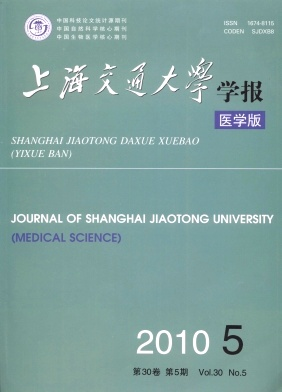Objective To observe whether lactalbumin hydrolysate can induce oral tolerance, and explore the relationship between Th2 related cytokines and oral tolerance to food. Methods BALB/c mice (n=176) were fed with lactalbumin and its hydrolysate, the models of oral tolerance were established, and control group A, lactalbumin group, partially hydrolysed lactalbumin group and extensively hydrolysed lactalbumin group (n=44) were divided. Meanwhile, BALB/c mice (n=83) were allergized and stimulated by lactalbumin to establish the models of food allergy, and control group B (n=41) and lactalbumin allergy group (n=42) were divided. The serum levels of IgE, IgG, IgG1, IL-4 and TGF-β1 were detected by ELISA, the pathological features of intestines were analysed, and the percentages of CD4+CD25+Foxp3+Treg in splenic cells were determined by flow cytometry. Results Compared with control group A, the serum levels of IgE, IgG1, IgG and IL-4 in lactalbumin group were lower, while the serum level of TGF-β1 was higher, and the percentage of CD4+CD25+Foxp3+Treg in splenic cells was higher (P<0.05). The serum levels of IgE and IL-4 were lower in partially hydrolysed lactalbumin group, while the serum level of TGF-β1 was higher, and the percentage of CD4+CD25+Foxp3+Treg in splenic cells was higher (P<0.05). There was no significant difference in each parameter between extensively hydrolysed lactalbumin group and control group A (P>0.05). Compared with control group B, the serum levels of IgE and IL-4 in lactalbumin allergy group were higher, while the serum level of TGF-β1 was lower, and the percentage of CD4+CD25+Foxp3+Treg in splenic cell was higher (P<0.05). Conclusion Both lactalbumin and partially hydrolysed lactalbumin may induce oral tolerance with main feature of suppression of Th2 lymphocyte responses, while extensively hydrolysed lactalbumin may induce no significant reaction.

